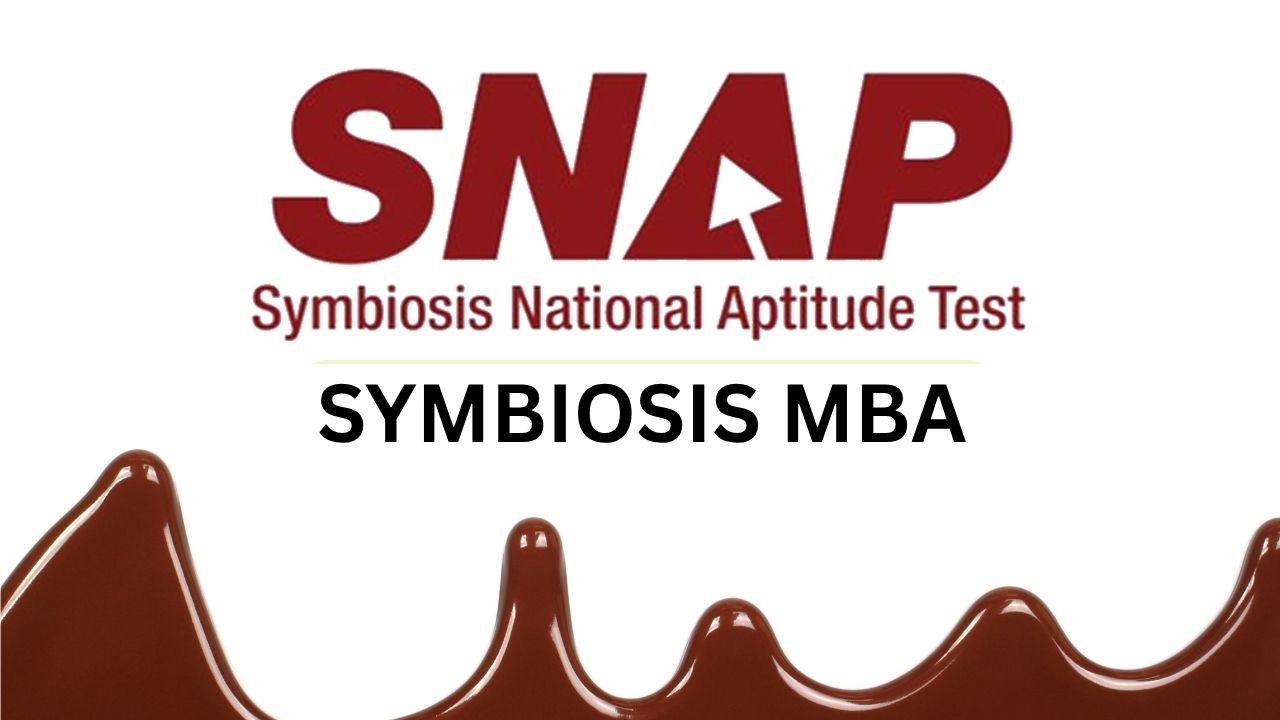CBSE Class XI Chemistry Syllabus
The syllabus of Chemistry is pretty vast and the candidates are suggested to cover the whole syllabus without skipping anything as all the topics are important from competitive exam point of view. The knowledge related to the subject of Chemistry has undergone major changes over the years and the candidates must check the latest syllabus for the same.
CBSE Syllabus for Class 11 Chemistry Unit Wise Check Here
Unit-wise CBSE Chemistry Class 11 Syllabus 2021
The class 11 Chemistry subject syllabus consists of numerous important topics divided into 14 different units. Candidates can check all these units and the topics that they comprise from below.
Also Check: CBSE Class 11 Physics Syllabus
Unit I: Some Basic Concepts of Chemistry (12 Periods)
Importance and Scope of Chemistry, Laws of Chemical Combination, Dalton’s Atomic Theory, Nature of Matter, Atoms and Molecules, Concept of Elements, Atomic and Molecular Masses, Mole Concept and Molar Mass, Empirical and Molecular Formula, Chemical Reactions, Percentage Composition, Stoichiometry and Calculations Based On It
Unit II: Structure of Atom (14 Periods)
Bohr’s Model and Its Limitations, Dual Nature of Matter and Light, Shells and Sub-Shells, De Broglie’s Relationship, Concept of Orbital, Quantum Numbers, Heisenberg Uncertainty Principle, Electronic Configuration of Atoms, Shapes of s, p and d Orbital, Rules For Filling Electrons In Orbital- Aufbau Principle, Pauli’s Exclusion Principle and Hund’s Rule, Stability of Half-Filled and Completely-Filled Orbital
Unit III: Classification of Elements and Periodicity in Properties (8 Periods)
Modern Periodic Law, Present Form of Periodic Table, Periodic Trends In Properties of Elements-Atomic Radii, Ionic Radii, Inert Gas Radii, Electron Gain Enthalpy, Ionization Enthalpy, Valency, Electro-negativity, Nomenclature of Elements With Atomic Number Above 100
Unit IV: Chemical Bonding and Molecular structure (14 Periods)
Ionic Bond, Covalent Bond, Valence Electrons, Lewis Structure, Bond Parameters, Polar Character of Covalent Bond, Covalent Character of Ionic Bond, Valence Bond Theory, Resonance, Concept of Hybridization Involving s, p and d-Orbital, Shapes of Some Simple Molecules, Molecular Orbital Theory of Homo-Nuclear Diatomic Molecules, Geometry of Covalent Molecules, VSEPR Theory, Hydrogen Bond
Unit V: States of Matter: Gases and Liquids (12 Periods)
States of Matter, Types of Bonding, Intermolecular Interactions, Melting and Boiling Points, Role of Gas Laws In Elucidating The Concept of The Molecule, Avogadro’s Law, Boyle’s Law, Charles Law, Gay-Lussac’s Law, Ideal Behaviour, Avogadro’s Number, Ideal Gas Equation, Empirical Derivation of Gas Equation, Deviation From Ideal Behaviour, Critical Temperature, Kinetic Energy and Molecular Speeds Liquid State, Liquefaction of Gases, Vapour Pressure, Viscosity and Surface Tension
Unit VI: Chemical Thermodynamics (16 Periods)
Concepts of System and Types of Systems, Surroundings, Extensive and Intensive Properties, State Functions, Work, Heat, Energy, Laws of Thermodynamics, Solution and Dilution, Heat Capacity and Specific Heat, Internal Energy and Enthalpy, Measurement of ∆U and ∆H, Hess’s Law of Constant Heat Summation, Combustion, Formation, Atomization, Sublimation, Phase Transition, Ionization, Enthalpy of Bond Dissociation, Entropy As A State Function, Gibb’s Energy Change For Spontaneous and Non-Spontaneous Processes, Criteria For Equilibrium
Unit VII: Equilibrium (14 Periods)
Dynamic Nature of Equilibrium, Equilibrium In Physical and Chemical Processes, Equilibrium Constant, Factors Affecting Equilibrium- LeChatelier’s Principle, Law of Mass Action, Ionic Equilibrium- Ionization of Acids and Bases, Ionization of Poly Basic Acids, Strong and Weak Electrolytes, Degree of Ionization, Acid Strength, Solubility Product, Concept of pH, Henderson Equation, Hydrolysis of Salts, Common Ion Effect, Buffer Solution
Unit VIII: Redox Reactions (6 Periods)
Concept of Oxidation and Reduction, Redox Reactions, Balancing Redox Reactions, Oxidation Number, Loss and Gain of Electrons and Change In Oxidation Number, Redox Reactions Applications
Unit IX: Hydrogen (8 Periods)
Position of Hydrogen In Periodic Table, Occurrence, Isotopes, Preparation, Hydrides-Ionic Covalent and Interstitial, Physical and Chemical Properties of Water, Properties and Uses of Hydrogen, Heavy Water, Hydrogen Peroxide-Preparation, Reactions and Structure and Hydrogen As A Fuel
Unit X: s-Block Elements (Alkali and Alkaline Earth Metals) (10 Periods)
General Introduction, Electronic Configuration, Occurrence, Anomalous Properties of The First Element of Each Group, Trends In The Variation of Properties, Diagonal Relationship, Uses, Trends In Chemical Reactivity With Oxygen, Water, Hydrogen and Halogens, Preparation and Properties of Some Important Compounds, Calcium Oxide and Calcium Carbonate and Their Industrial Uses, Biological Importance of Magnesium and Calcium
Unit XI: p -Block Elements (14 Periods)
General Introduction, Electronic Configuration, Occurrence, Oxidation States, Variation of Properties, Trends In Chemical Reactivity, Anomalous Properties of First Element of The Group, Boron- Physical and Chemical Properties, Some Important Compounds and Their Uses
Unit XII: Organic Chemistry – Some Basic Principles and Techniques (14 Periods)
General Introduction, Qualitative and Quantitative Analysis, Methods of Purification, Electronic Displacements In A Covalent Bond, Classification and IUPAC Nomenclature, Inductive Effect, Electromeric Effect, Resonance and Hyper Conjugation, Homolytic and Heterolytic Fission of A Covalent Bond, Carbocations, Carbanions, Electrophiles and Nucleophiles, Free Radicals, Types of Organic Reactions
Unit XIII: Hydrocarbons (12 Periods)
Aliphatic Hydrocarbons:
- Alkanes- Nomenclature, Isomerism, Conformation, Chemical Reactions, Physical Properties, Combustion and Pyrolysis, Free Radical Mechanism of Halogenation
- Alkenes- Nomenclature, Geometrical Isomerism, Structure of Double Bond, Physical Properties, Oxidation, Methods of Preparation, Chemical Reactions, Addition of Hydrogen, Halogen, Water, Hydrogen Halides, Ozonolysis, Mechanism of Electrophilic Addition
- Alkynes- Nomenclature, Structure of Triple Bond, Acidic Character, Methods of Preparation, Chemical Reactions, Physical Properties, Addition Reaction of Hydrogen, Halogens, Hydrogen Halides and Water
Aromatic Hydrocarbons: Introduction, IUPAC Nomenclature, Benzene, Directive Influence of Functional Group In Mono-substituted Benzene, Resonance, Chemical Properties, Aromaticity, Mechanism of Electrophilic Substitution, Nitration, Sulphonation, Halogenation, Friedel Craft’s Alkylation and Acylation, Carcinogenicity and Toxicity
Unit XIV: Environmental Chemistry (6 Periods)
Environmental Pollution, Chemical Reactions In Atmosphere, Ozone and Its Reactions, Depletion of Ozone Layer, Smog, Major Atmospheric Pollutants, Acid Rain, Greenhouse Effect and Global Warming, Industrial Wastes, Green Chemistry For Reducing Pollution, Control of Environmental Pollution
Marks Distribution
Check below the unit-wise distribution of marks for Chemistry.
| Unit No. | Marks Allotted |
| Unit I | 11 |
| Unit II | |
| Unit III | 4 |
| Unit IV | 21 |
| Unit V | |
| Unit VI | |
| Unit VII | |
| Unit VIII | 16 |
| Unit IX | |
| Unit X | |
| Unit XI | |
| Unit XII | 18 |
| Unit XIII | |
| Unit XIV | |
| Total | 70 |
Topics for Practical Exams
- Basic Laboratory Techniques
- Characterization and Purification of Chemical Substances
- Experiments based on pH
- Chemical Equilibrium
- Quantitative Estimation
- Qualitative Analysis








